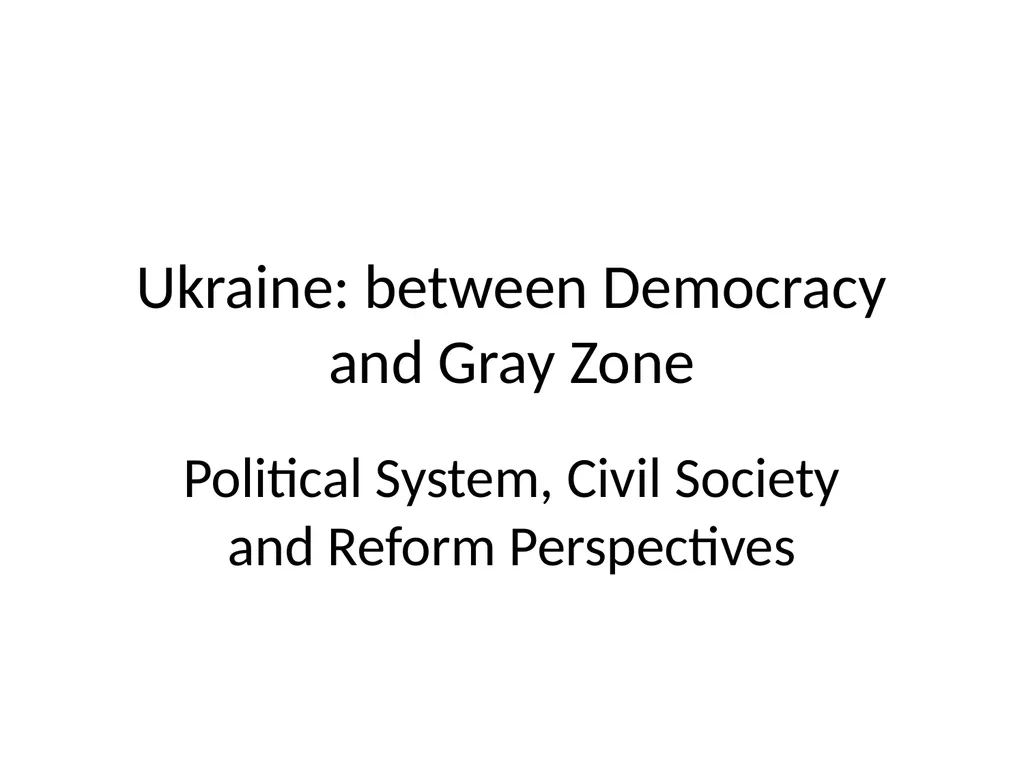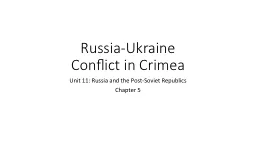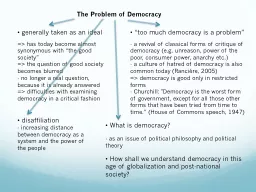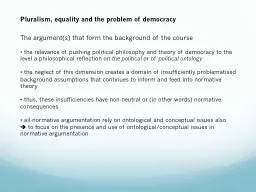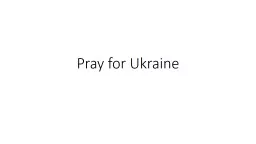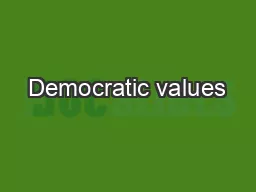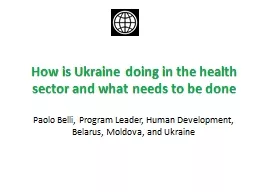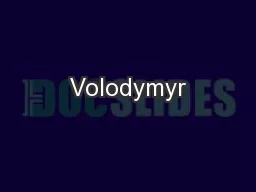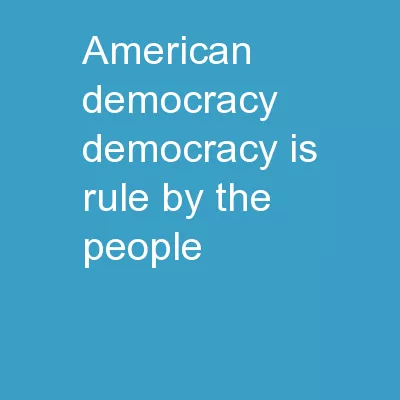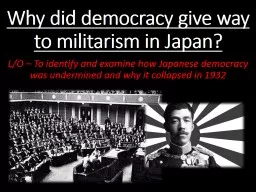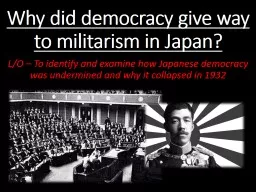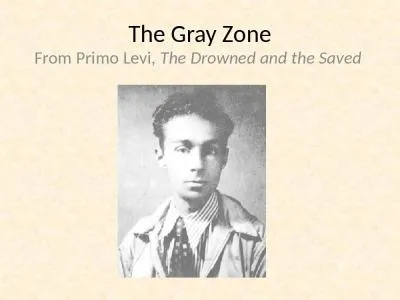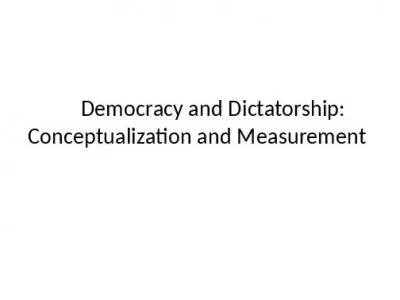Ukraine: between Democracy and Gray Zone Political
Author : tawny-fly | Published Date : 2025-08-04
Description: Ukraine between Democracy and Gray Zone Political System Civil Society and Reform Perspectives Political System ParliamentaryPresidential Republic changed in 2004 in 2010 2014 High role of Elections as a way to change authorities
Presentation Embed Code
Download Presentation
Download
Presentation The PPT/PDF document
"Ukraine: between Democracy and Gray Zone Political" is the property of its rightful owner.
Permission is granted to download and print the materials on this website for personal, non-commercial use only,
and to display it on your personal computer provided you do not modify the materials and that you retain all
copyright notices contained in the materials. By downloading content from our website, you accept the terms of
this agreement.
Transcript:Ukraine: between Democracy and Gray Zone Political:
Ukraine: between Democracy and Gray Zone Political System, Civil Society and Reform Perspectives Political System Parliamentary-Presidential Republic (changed in 2004, in 2010, 2014) High role of Elections as a way to change authorities (unlike other Post-Soviet states) Political Pluralism Participation in International Organizations (UNO, Council of Europe, WTO, OESC), high orientation on external support 4 Ukrainian Presidents (alive) in December 2013 Political Parties 316 Parties registered (79 registered in 2015, 38 in 2014) But only about 30-40 of them running elections Most popular ones traditionally associated with oligarchs or local chiefs: Petro Poroshenko Bloc (“Solidarnost”+ Udar Vitaliy Klitchko) Fatherland “Batkivshina” (Yuliya Timoshenko) Radical Party of Oleh Lyashko (sponsored by Serhiy Liovochkin) Oppositional Bloc (sponsored by Rinat Akhmetov) Ukrop, Vidroghennya, Samopomich (sponsored by Igor Kolomoiskiy) Political Parties From 2016 provided state’s financial support and strict accountability for political parties, which gained more 2% of voters on a last elections New Legislation on Local Elections eliminated single-district candidates for cities and regional councils, established two-round elections for large cities mayors, which increase influence of political parties, but made them even more populistic “New” parties like Democratic Alliance, Syla Lyudey (People’s Power) increase their presence in councils, using co-funding and horizontal connections Political System: Gray Zone features Corruption (Rank 130/168 states ) Instability of political system (conflicts in Parliament, on local level, rapid changes of parties’ electoral support, new border-lines in electoral landscape) Oligarchs still impact politics sponsoring political parties and owning Media Dependent and ineffective Courts Rigid and corrupted middle-level bureaucracy Roots of Separatism Soviet Legacy (industrial, social and lingual) Privatization on 1992-1996 created regional industrial and political clans, corny-economy and Rule BY Law in spite Rule OF Law During 2002-2012 Parties used regional diversities, speculated on lingual, historical and geopolitical issues Myth “Donbass feeding all Ukraine”, fear to loose political control and influence, budget subsidies after Yanucovich ousted Russian Media propaganda, training of leaders, creation NGO Poverty, distrust in Ukrainian state authorities (motto “pensions and salaries as in Russia”) Russian Project “Novorossia” failed, but undeclared war still going What they wanted What they get Conflict afterwards Crimea Peninsula occupied, part of Donetsk and Luhansk oblast uncontrolled About 8 000 of died and wounded during 2014-2015 (UN statistics) 1 014 500 of IDPs (mostly placed in Eastern Ukraine) Challenges for social policy (IDPs, Anti Terroristic Operation veterans, replaced institutions etc) Unmarked and unsecure state borders Internally Displaced Persons in Ukraine Gray Zone
